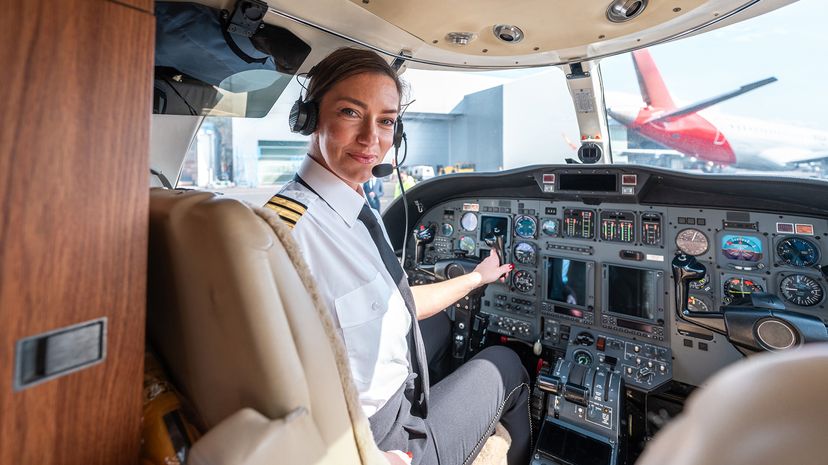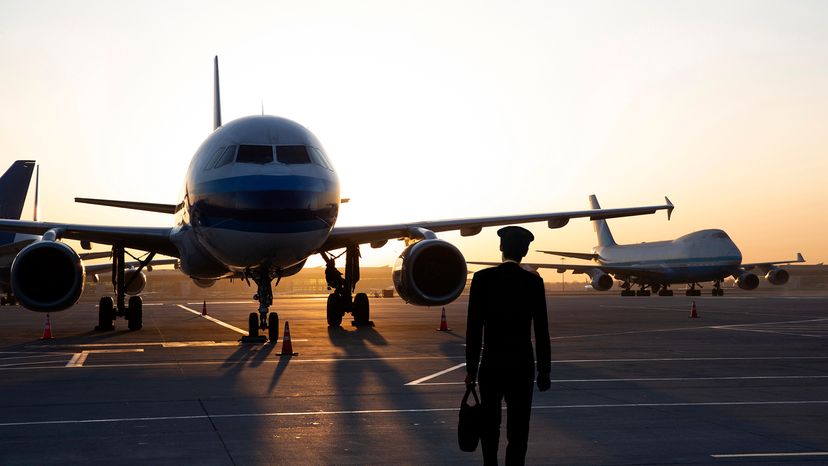
Powered flight is one of the great dreams of humanity, and thanks to modern technology, doing it for a living isn't an unreasonably ambition. It's no wonder that so many aspiring aviators want to know how to become an airline pilot.
If you've ever dreamed of soaring through the skies and making a career out of it, you’ll need to go through years of rigorous flight training and meet strict flight hour requirements on your pathway to the professional piloting.
Advertisement
Many pilots start their journey as student pilots, earning a private pilot license before advancing to a commercial pilot certificate. It takes discipline, knowledge, and a whole lot of flight time to reach the level of an airline transport pilot.

